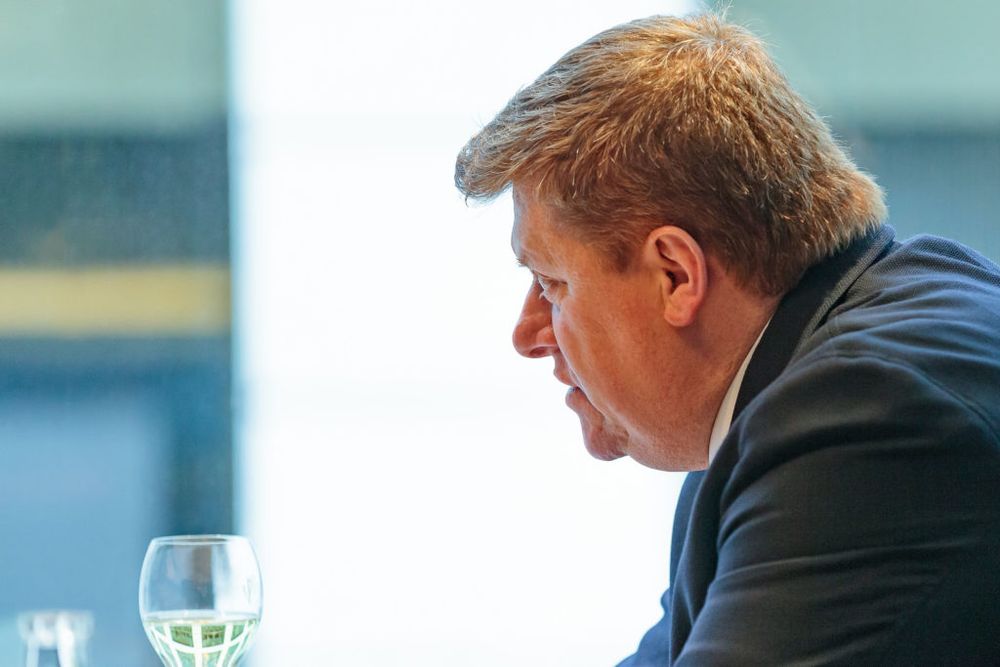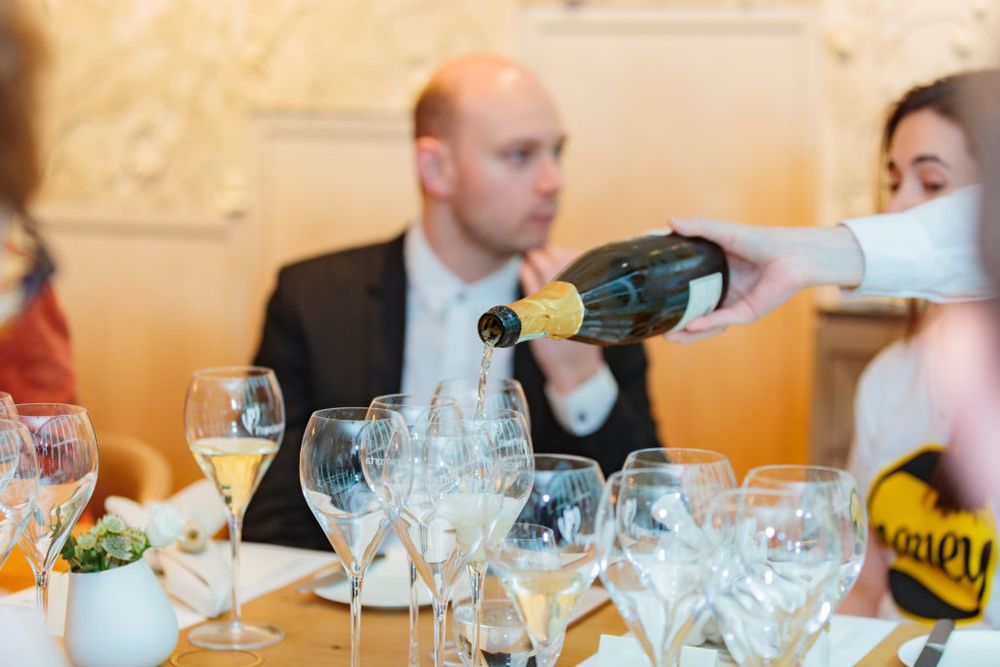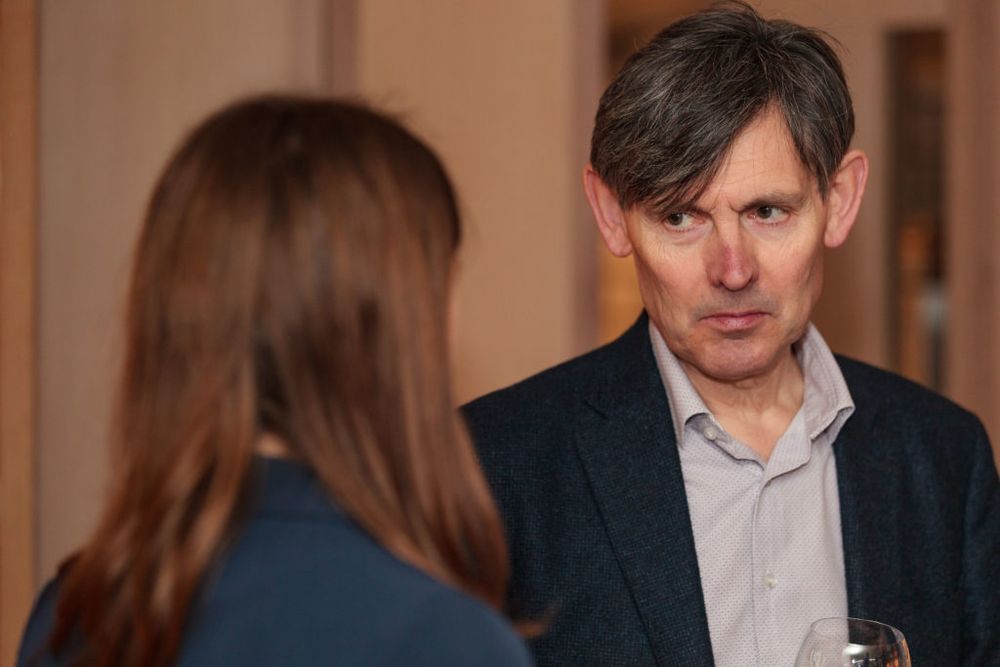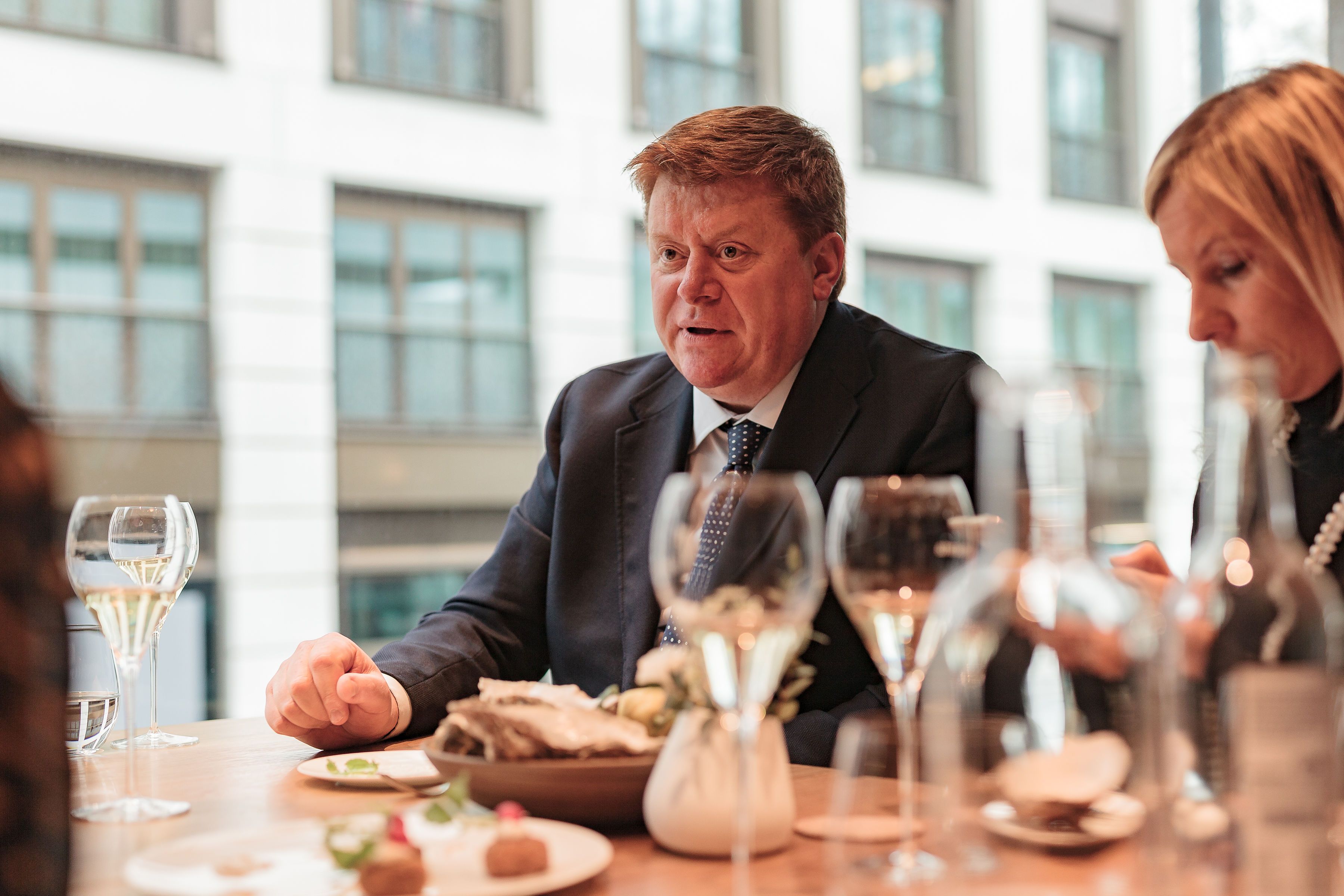One of the surprises of the lunch was the news that old, near-extinct varietal Erbamat, is being re-introduced into the Franciacorta blending process.
If you want to go toe to toe with a brand like Champagne, making a statement is vital. So as a venue for your tasting choose not just a Michelin restaurant but HIDE whose opening was the talk of 2018 and whose chef, Ollie Dabbous, is described as a ‘wunderkind’.

InstaGold! Capturing the art on a plate at HIDE
Then serve up some of the best of your wines, in this case Franciacorta, Italy’s premium sparkling wine. After that things should pretty much look after themselves. That seems to be the plan successfully executed by the regional association of Franciacorta producers who are continuing their relentless push to get their wines’ name onto the lips of customers worldwide – and have an especially beady eye trained on the UK premium on-trade.
Readers of The Buyer will be familiar with the basics. Franciacorta is a sparkling wine from the Province of Brescia (Lombardy). It was awarded DOC status in 1967 and since 1995 the DOCG classification has applied exclusively to the sparkling wines. The wine is made in the traditional method (like Champagne), not using tanks. Again like Champagne, it often relies on a blend of varietals, including Chardonnay. Most of the output comes from a single year’s vintage and it is often kept on the lees for an extended period.

“Prosecco is good… it puts young people on the path to drinking better wines.” Silvano Brescianini, head of Franciacorta Consortium.
Franciacorta is worthy of a case study of the challenges of brand positioning. The name itself isn’t straightforward. Apparently the five syllables of the word Franciacorta are difficult for some people to get their tongues around and that includes many customers in its largest export markets like Japan and the US. Any idea of a name change, however, is swiftly slapped down at out lunch by the new president of the Franciacorta Consortium, Silvano Brescianini, who makes it clear Franciacorta’s provenance is not up for grabs.
The real challenge of course is this: the region must establish a market for itself in the gap between the C-brand (Champagne) and the P-word (Prosecco). Brescianini’s response to this is faith that quality can bring commercial success. And he chooses to embrace the rise of Prosecco. “For young people maybe without a lot of money this is good. It gets them drinking wine which they otherwise may not do and puts them on the path to drinking better wines.”
Things are made easier of course by the fact that there’s only limited production of Franciacorta – if one per cent of the Prosecco drinkers gravitated to it, it would be problem solved.

But what about the wines?
We start off with a Satèn, ‘a pure-play’ Chardonnay with 30 months of ageing. It’s soft and very drinkable. We then move on to a Brut Castelveder, also 100 per cent Chardonnay, and the Pas Dosé Mosnel, a blend of Chardonnay, Pinot Blanc and Pinot Noir.
Then we move up to the Brut Vintage Collection Ca’del Bosca 2014. This is serious stuff, though not cheap, comprising Chardonnay 55%, Pinot Blanc 15% and Pinot Noir 30%. It has a dosage of 1.5 g and spends 48 months on lees. (£41 ex-VAT wholesale). So it’s up there competing with some pretty classy rivals from Epernay. But I can believe the claim that Ca’ del Bosco best expresses the character of the terroir and the season’s climatic conditions. This wine is only made in the good years. One suspects that there has been pressure on the producers to roll out the 2014 promptly, but it delights with an excellent structure, intensity and good acidity.
We round off the lunch with a mystery wine. This it turns out is a base wine from a new varietal, Erbamat. Though recorded for five hundred years, Erbamat was on the verge of disappearing in the last century but is being given a reprieve and is now joining the other three grapes in Franciacorta. Combining tradition and modernity is clearly the watchword for Franciacorta as it strives to carve out for itself a deserved niche among the upscale sparklers.

Victor Smart at HIDE, March, 2019
































